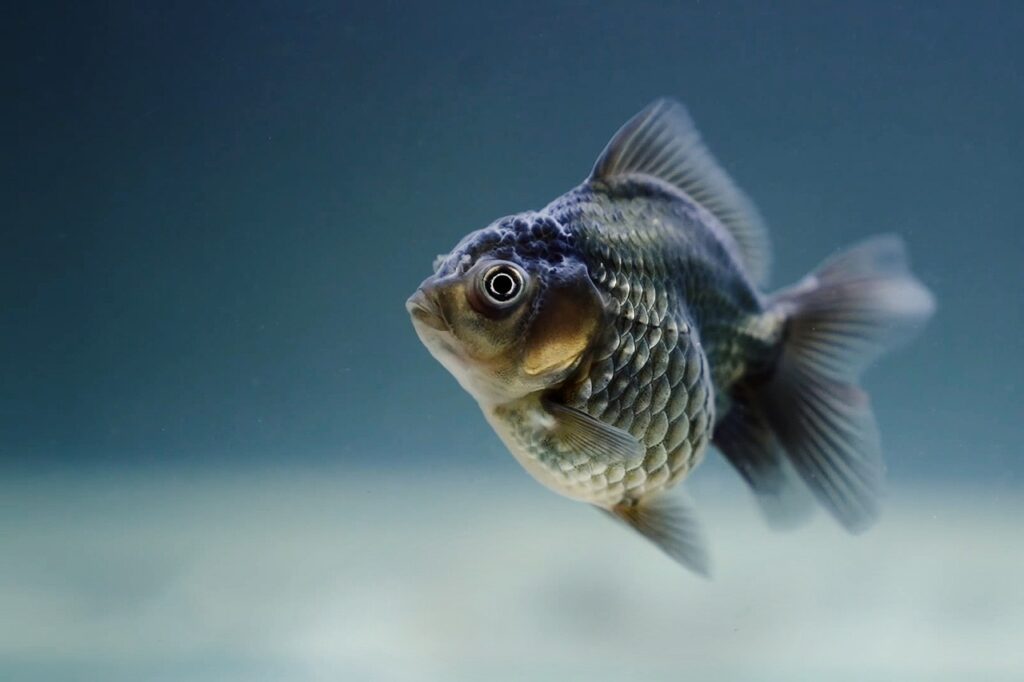Ten signs that a betta fish is expiring Betta fish have a lifespan of two to seven years. If your betta is dying of old age, you will be able to see warning indications months in advance.
LETHARGY: Lethargy is usually the first indication that something is wrong with your betta. It may indicate a possible problem with ammonia nitrite nitrate fever illness or old age. If your betta is acting clumsier than usual, this does not point to a single problem.
FADING COLOR: If your betta is quickly losing color, there is a great possibility that he or she is seriously ill; however, if it is only a minor fading, your betta could be fine.
HUNCHED BACK: Both male and female Bettas tend to acquire a slight or major jab in their back as they age.
DROPSY: Dropsy is a symptom of kidney damage, not aging. As you might assume, treating any significant organ damage in a fish is extremely difficult, though impossible. This is one of those sicknesses which is typically deadly.
LAYING DOWN: If your betta is relaxing on the tank’s bottom and yet remains straight, it is most likely just resting; but even so, if you observe them laying down more frequently than usual, this might indicate lethargy.
FREQUENT BREATHING: Rapid breathing is a sign of something awry, but it is unclear this possible cause is not a death sentence, but it is an early signal that your fish is ill or old.
DECREASED APPETITE: As a betta grows older, its metabolism slows, and it simply does not require as much meal as it once took.
SLOW REACTIONS: Slowed interactions are prevalent in Bettas with weaker metabolisms as well as eye problems; if your betta runs away slower or requires longer to respond to meals and other obstacles in the tank, it could possibly be aging rapidly.
NITRITE POISONING: Nitrite poisoning is a severe problem that occurs when a fish is subjected to elevated nitrate levels.
FISH TB: FishTB (Tuberculosis) is distinguished by two symptoms: curved spines and skin lesions. Because this disease has no treatment, any fish that has come into contact with an infected fish must be killed.

THINGS NOT TO DO TO YOUR BETTA:
ADDING DECORATING THINGS:
Don’t add seashells or corals particularly dried coral into your tank you will often find them in your local fish store and they look really beautiful you want to go for the beautiful under-the-sea mermaid look potentially but you have to keep in mind that the things that you put inside your tank actually affect your tank as a whole, in this case, the seashells as well. As the coral will slowly break down in your tank over time making your water more mineral rich and in turn this will raise your pH if you have fish that really like high PH and mineral Rich water for example African cichlids this is a great thing and we oftentimes will actually intentionally add these things there are even substrates that have crushed Coral in them to help raise the PH but Bettas like soft and acidic water so the best thing to do is to just work with the water that you have don’t mess around with it too much and if you want to add things to your tank add things that will slowly lower the PH. For example DRIFTWOOD.
CROWDED TANKS:
Betta fish is high flow petals that don’t really like being pushed around especially nowadays with so many beautiful fins we have the beautiful half Moons also have nowadays the half-moon dumbos and we have plaquette dumbbells with the huge dumbbell fins and just large fins when you have a fish that has very heavy large spinach they’re going to struggle swimming against the current another issue is just in general Bettas are not supposed to be like super active fish they’re doing stuff all the time they’re supposed to have certain periods of activity and they’re spent a lot of time resting so you want to create an environment for them that is not going to make them really work a lot to get from one place to another to exhaust themselves because that can lead to stress and disease it can cause fin nipping.
TEMPERATURE:
If the temperatures are too low they’ll be moving slowly, be sick all the time, and generally be miserable sure it won’t kill them but it’s not very nice. In order to make them happy it’s important to keep a check on the temperature.
Bettas are sensitive little things they don’t like a lot of light in their tanks this is why you’ll see a lot of betta tanks don’t even have any light in them at all in tanks that do have a bunch of light a lot of times you will see them hanging out behind decorations or even hiding the number one cause of fish disease or death is stress and too much light can certainly be something that stresses out your betta.
FEW SIGNS YOUR BETTAS ARE HAPPY:
Building a “bubble nest” is one of the most visible symptoms of a happy betta fish.
Look for a clump of bubbles on the tank’s surface, otherwise, your betta may truly be blowing the nest. When male Bettas are ready to mate, they build bubble nests, and a fish would only do this instinctively if it felt safe and secure. If you don’t see bubble nests in your tank, it doesn’t necessarily imply your betta is unhappy. Every male betta will build bubble nests at their own pace, which could be as often as once a day or once every six months. Although some female Bettas may build bubble nests, this is typically a male activity.
If you keep a betta in a community tank, seeing your betta engage with other compatible fish in a non-aggressive manner is a good sign. This means he can swim around or past them without becoming agitated or chasing them. If your betta is flaring his fins, chasing them, or even nibbling at them, it’s an indication he’s unhappy, and you should remove the other fish from his tank.
This is another sign of a happy betta.

